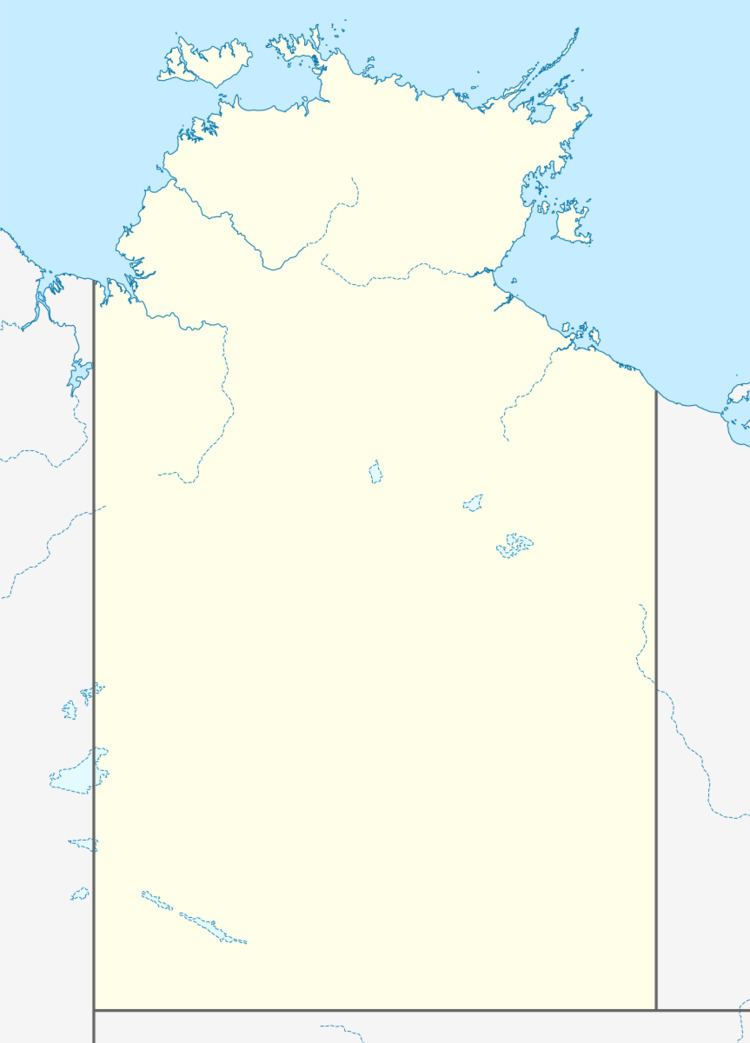Type Military airfield | In use 1942-1945 | |
 | ||
Address Hayes Creek NT 0822, Australia | ||
Fenton Airfield was a World War II military airfield located at Tipperary Station, Hayes Creek, Northern Territory, Australia and named after flight lieutenant Clyde Fenton.
Contents
Abandoned since 1945, the site is one of three surviving World War II-era heavy bomber airfields in the Katherine–Darwin region. The airfield is open to the public, and the main runway, taxiways and hardstands are accessible. Remnants of the control tower remain and aircraft wreckage can be found in the area.
History
The airfield was built by C Company and HQ Detachment of the 808th Engineer Aviation Battalion between 27 April 1942 and 16 July 1942. The single runway was 6,000 ft × 100 ft (1,829 m × 30 m). Further development of the airfield was undertaken by No. 1 Airfield Construction Squadron RAAF, No 14 Airfield Construction Squadron RAAF and New South Wales Department of Main Roads under the Allied Works Council. The runway was enlarged to approximately 7,218 ft × 164 ft (2,200 m × 50 m), accommodating close to sixty aircraft dispersal bays, some with earthen revetments.
Fenton Airfield was mainly used by Liberator bombers mounting long range raids against Japanese forces in the Netherlands East Indies, the northwestern area of operations, and the South West Pacific Area.
During its operational use, Fenton Airfield served as headquarters for Royal Australian Air Force squadrons and United States Army and Air Force units. Reconnaissance flights beginning at Fenton Airfield were flown over Timor Island, New Guinea and Celebres Islands, and attacks and armed reconnaissance missions were carried out against Japanese airfields, ground installations and shipping. On 29 February 1944 the USAAF 380th Bombardment Group flew a 16-hour mission from Fenton to Borneo, flying over 2,500 nautical miles (4,600 km; 2,900 mi).
The airfield was abandoned at the end of World War II. Over the years, it has reverted to the natural terrain from which it was built. The base infrastructure is gone; only concrete, building foundations, piles of rubble and occasional aircraft parts remain. In aerial photographs, the remains of some roads that likely led to dispersed parts of the base, such as the bomb dump and the administrative containment area, are faintly visible, but no structures remain.
